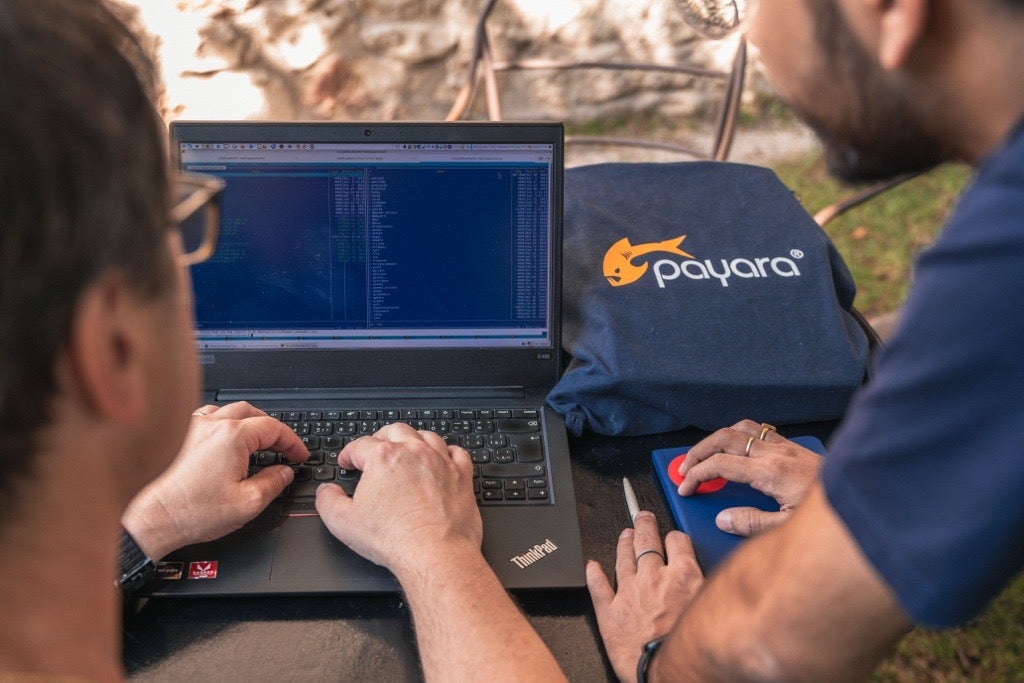The software that could be putting your cyber-security at risk
THE ARTICLES ON THESE PAGES ARE PRODUCED BY BUSINESS REPORTER, WHICH TAKES SOLE RESPONSIBILITY FOR THE CONTENTS

Payara is a Business Reporter client
As organisations rely more and more on IT ecosystems to support their digital transformation, middleware components have become crucial to effectively support applications, data sharing and transactions.
Yet middleware security is often overlooked, leaving many digital ecosystems exposed to multiple threats that could hinder key business operations. How can chief information and technology officers (CIOs and CTOs) identify and address middleware vulnerabilities?
Middleware plays a central role in connecting IT systems and applications. Considered “software glue”, it facilitates communications and data exchange between them. It is precisely these key activities performed by middleware that lead it to carry underappreciated cyber-security risks. To minimise these issues and their impact, it is essential for organisations to be aware of the most common vulnerabilities and how they can be addressed.
Middleware components are often used without fully considering their lifecycle. One widespread practice is the use of unsupported and/or outdated open-source middleware to support data management and transfer across various applications, including mission-critical software. As a result, crucial applications and business operations may be relying on versions that lack updates, patches or commercial support. Over time, these neglected components accumulate exploitable vulnerabilities.
Unsupported and/or legacy middleware software also undermines compliance efforts. Typically, regulatory frameworks not only mandate timely vulnerability remediation but also the use of supported, up-to-date components. This can create a paradox: organisations adopt unsupported open-source solutions to reduce costs, only to risk facing steep penalties and reputational damage when audits reveal non-compliance.
Compounding these challenges is the rise of supply chain attacks, which target an organisation through vulnerabilities in its supply chain. These vulnerable areas are usually linked to vendors with poor security practices. Middleware built on unsupported or poorly vetted components can therefore become a conduit for these threats and propagate them across integrated systems within one or multiple organisations.
Enterprise-grade solutions: a path forward for middleware security
Addressing these risks demands a shift in mindset. CIOs and CTOs must first map their middleware landscape, identifying any outdated or unsupported components, such as application servers, to reveal hidden weak points where vulnerabilities fester. Following this, technical teams can plan suitable strategies to secure their middleware and IT ecosystems.
These will typically involve migrations from unsecure unsupported or legacy application servers to a more reliable alternative. While this transition can be more challenging than a generic “lift-and-shift”, it offers long-term benefits in terms of performance, resilience, regulatory compliance and security. This is where a reliable technology partner, such as Payara Services, fills a critical gap.

Payara provides a platform of open-source yet stable, supported, up-to-date and production-ready middleware solutions that are built with security and stability in mind. Payara Platform Enterprise combines the flexibility of open-source with advanced security features, such as centralised management and fault tolerance, that mitigate risks inherent in fragmented middleware environments. Crucially, it aligns with regulatory standards, reducing the compliance burden and shielding organisations from the financial and legal fallout of breaches.
In addition, unlike unsupported open-source alternatives, Payara Platform Enterprise provides extensive technical assistance as well as long-term software support. These result in the timely, regular delivery of security patches and performance updates as well as round-the-clock expertise if any issue arises. Even more, the middleware technology comes with enhanced monitoring, logging and access control features that help detect anomalies and proactively enforce security policies.
Beyond providing secure alternatives, a technology partner such as Payara Services can play a key role in streamlining migration efforts through consulting, tooling, documentation and best practices. This helps make the transition from legacy systems or community solutions smooth while optimising the setup for long-term scalability, compliance and modernisation efforts.
Driving robust middleware security strategies
Middleware may often operate behind the scenes, but its security implications are front and centre in ensuring enterprise resilience. Unsupported or community-driven open-source middleware, while financially appealing, introduces risks and operational burdens that escalate over time, transforming short-term savings into long-term liabilities.
By replacing these software components with an up-to-date alternative such as Payara Platform Enterprise that enforces governance while offering enterprise-grade support, organisations can reduce their exposure and better defend against the evolving threat landscape. Ultimately, it is possible to move beyond reactive firefighting and embrace a proactive security posture that protects data and systems, as well as the trust of customers and partners, while optimising costs.
For more information, visit payara.fish.
